9 Planning Musts Before You Start a Makeover
http://decor-ideas.org 01/17/2014 07:23 Decor Ideas
I hate seeing costly mistakes in design. But what frustrates me the most is when the homeowner could have planned accordingly to easily prevent the mistake. Sure, mishaps are going to happen. But with proper planning, you’ll likely find that your mistakes will occur only on paper, and not after you’ve already maxed out your credit cards.
Here are nine planning guidelines to live by before you start making purchases.
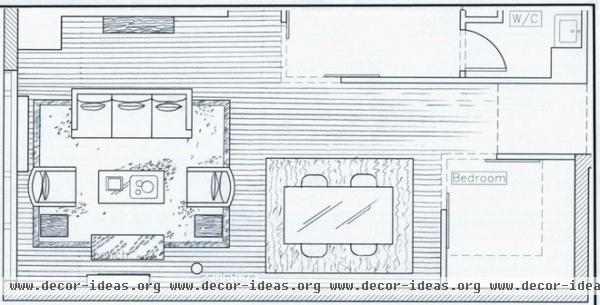
1. Plan your room on paper. The biggest problems often have to do with scale. Pieces are just too big, won’t fit through the door or up the stairs, or just stand out like an elephant in the room. The right piece in the wrong dimensions will never look right.
When I design custom furniture for my clients, it has to be the right scale and fit through all the doorways, up the stairs and occasionally in elevators.
Space planning is easy to skip, but this is where problems can be caught early on. We use specialized software, but you can easily draw your room on graph paper (¼ inch works well; if your room is small, you can double the scale and use 2 squares per foot.) Then make cutouts of the furniture pieces you already have and arrange them on your floor plan before you purchase a new piece. Arming yourself with this information will simplify your search and narrow down the choices.
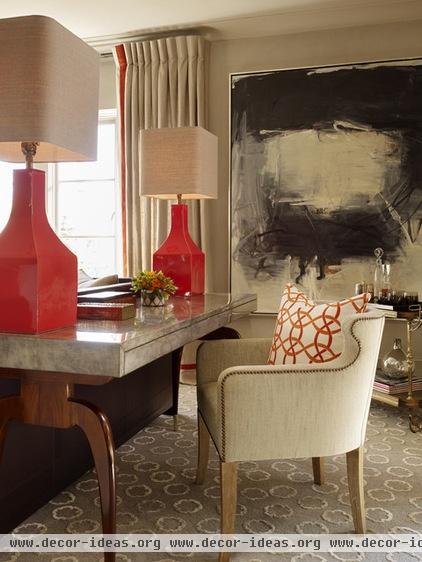
2. Measure everything. The old saying, “Measure twice, cut once” is never more important than in space planning. Measure your existing pieces but also the doorways (both width and height), ceiling height, hallways and staircases.
When considering purchasing a piece of furniture, take its measurements and mark the shape and size on your floor with masking tape or pile up boxes to get an idea of how the three-dimensional piece will fit in terms of scale. But don’t forget to get out your tape measure and “walk” the piece through all the doorways to ensure it clears the building’s entrances.
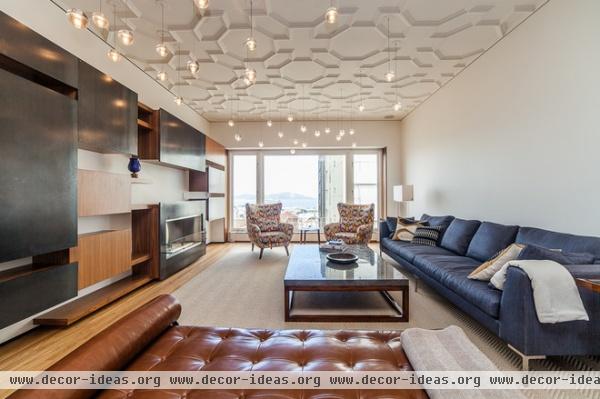
3. Consider function. How will the room be used? Will it be primarily for family-time television watching and occasionally for entertaining? Seating requirements will differ. Deep, comfy seating may be just right for curling up to watch TV but not best suited for a dressy occasion. For entertaining needs, a set of nesting tables might expand to provide a surface for cocktails next to each chair.
Be clear on the primary function of your room. Then consider how you can address secondary uses such as entertaining.
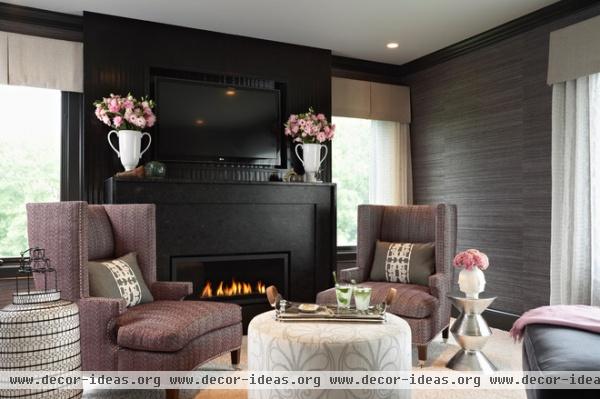
4. Keep a file. Create an ideabook to collect images that show looks and ideas you love. Make specific notes about why you were drawn to the photo. This will help narrow your choices, especially if you are making decisions with a spouse or partner.
Take photos of the artwork and furnishings you already have (you can upload these to an ideabook, too). Filing fabric samples is smart as well. If you’re considering an upholstered piece like a sofa, request a sample of the textile for your file. I also keep paint chips and material samples such as wood tone, flooring etc. These provide useful color references for additional pieces. And you can save a lot of time when shopping.
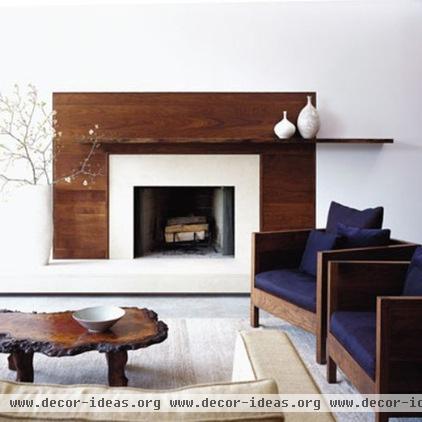
5. Prepare a budget. Skipping this planning step can leave you open to impulse buys and a mishmash result rather than the look you want. A planned approach will keep you on track and deliver a well thought-out result.
While we’re on the topic of budget, don’t buy quantity over quality. Buy fewer pieces but make them special. Buy the things you just can’t walk away without.
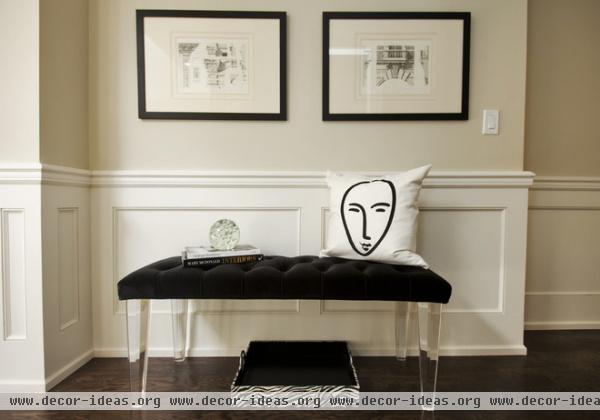
6. Prepare to depart from your budget. You read that right. I’m not advocating irresponsible spending, but there will be times when reallocating funds from one item to another while still keeping the overall budget in balance just makes sense. For example, if you find a special piece that makes you heart skip a beat, go for it and trim your budget elsewhere. One outstanding piece can make the entire room look better.
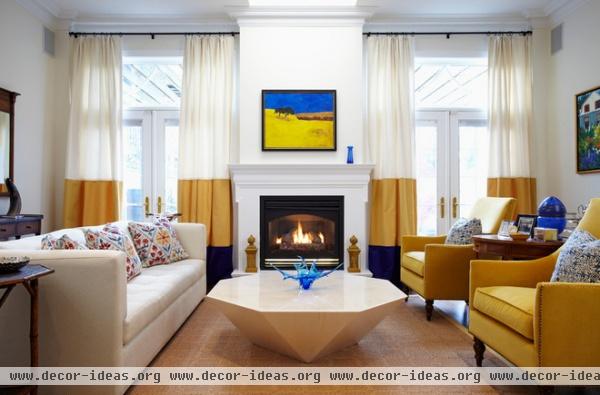
7. Ask for help. Some people are reluctant to hire a designer because they fear they need to have the budget for a castle. Or they fear designers will overspend or impose their taste.
Many designers love to help homeowners get started on the right track. Even if you are comfortable with your own preferences and color scheme, getting another opinion can help you avoid costly mistakes, narrow down sourcing options and provide flattering, complementary paint colors. So it may be time for a design consultation.
Find a designer, architect or other home pro near you
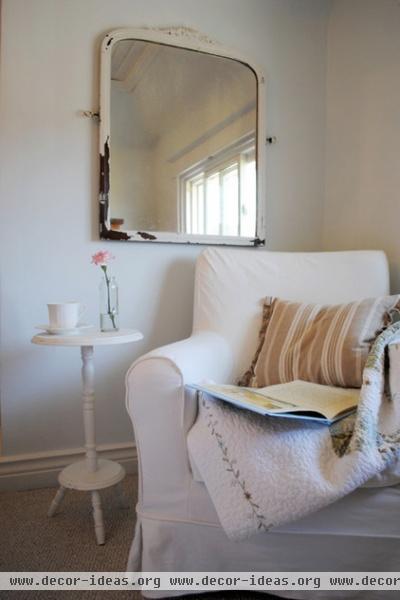
8. Plan the transition. Find a home for your previously loved pieces. If you have a great, comfy chair that doesn’t fit your new vision, a slipcover can give it a new life. Or it may find a new home with a relative, a second home or the local resale store.
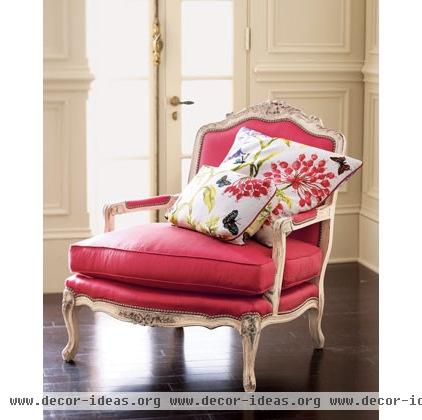
Marla Chair - $2,399 9. Don’t be in a hurry. Be patient and allow time to discover that one-of-a-kind bergère at a flea market and the perfect textile to cover it. Just be sure to bring a tape measure and your room dimensions with you.
More:
8 Things Interior Designers Want You to Know About What They Do
10 Things Decorators Want You to Know About What They Do
Related Articles Recommended












